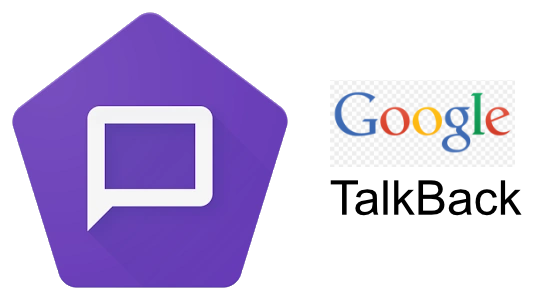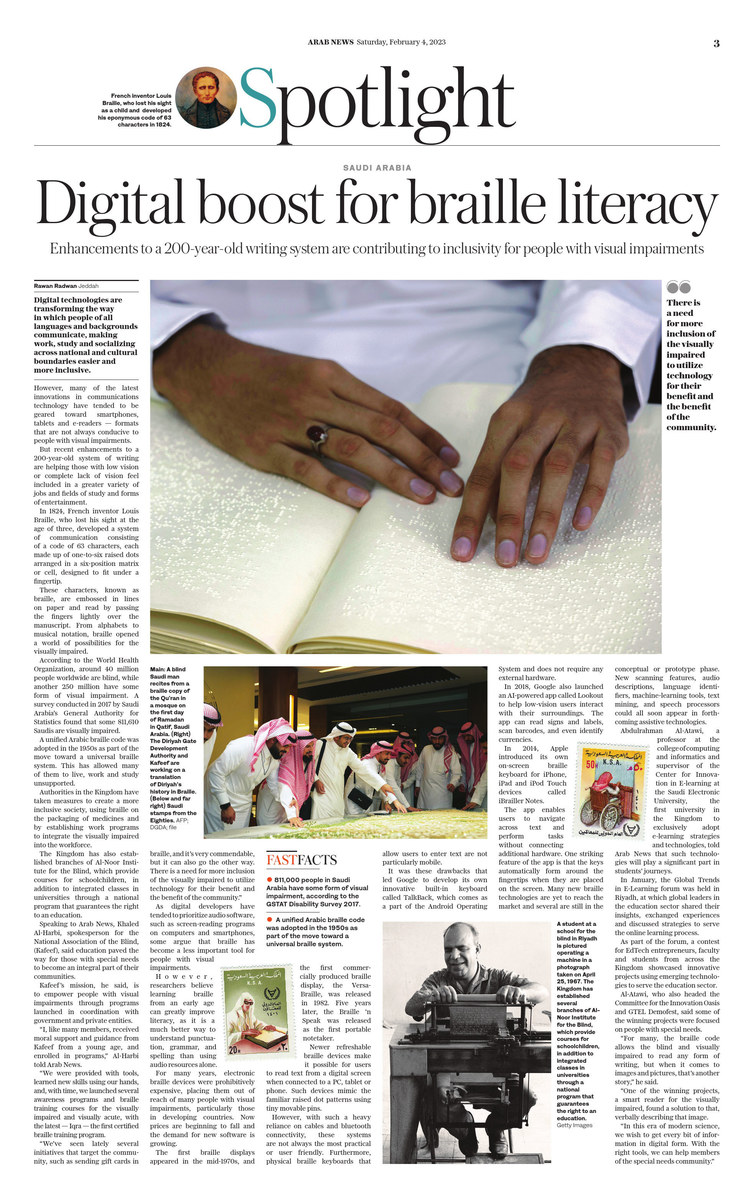JEDDAH: Digital technologies are changing the way in which people of all languages and backgrounds communicate, making it easier and more inclusive to work, study and socialize across national and cultural boundaries.
However, many of the latest innovations in communication technology are designed for smartphones, tablets and e-readers – formats that are not always optimal for the visually impaired.
Now, recent enhancements to the 200-year-old system of writing are helping people with visual disabilities to engage in a wide variety of jobs and fields of study and forms of entertainment.
French inventor Louis Braille, who lost his sight at the age of three, developed a system of communication in 1824 that consisted of a code of 63 characters, each with one to six raised dots arranged in a six-position matrix or cell. Made of, designed for. To fit under a finger.
These characters, known as Braille, are etched in lines on paper and read by moving the fingers lightly over the manuscript. From letters to musical notation, Braille has opened up a world of possibilities for the blind.
According to the World Health Organisation, around 40 million people worldwide are blind, while another 250 million have some form of visual impairment. A survey conducted in 2017 by Saudi Arabia’s General Authority for Statistics found that approximately 811,610 Saudis are blind.
A unified Arabic Braille code was adopted in the 1950s as part of the move towards a universal Braille system. This has allowed many of them to live, work and study without support.
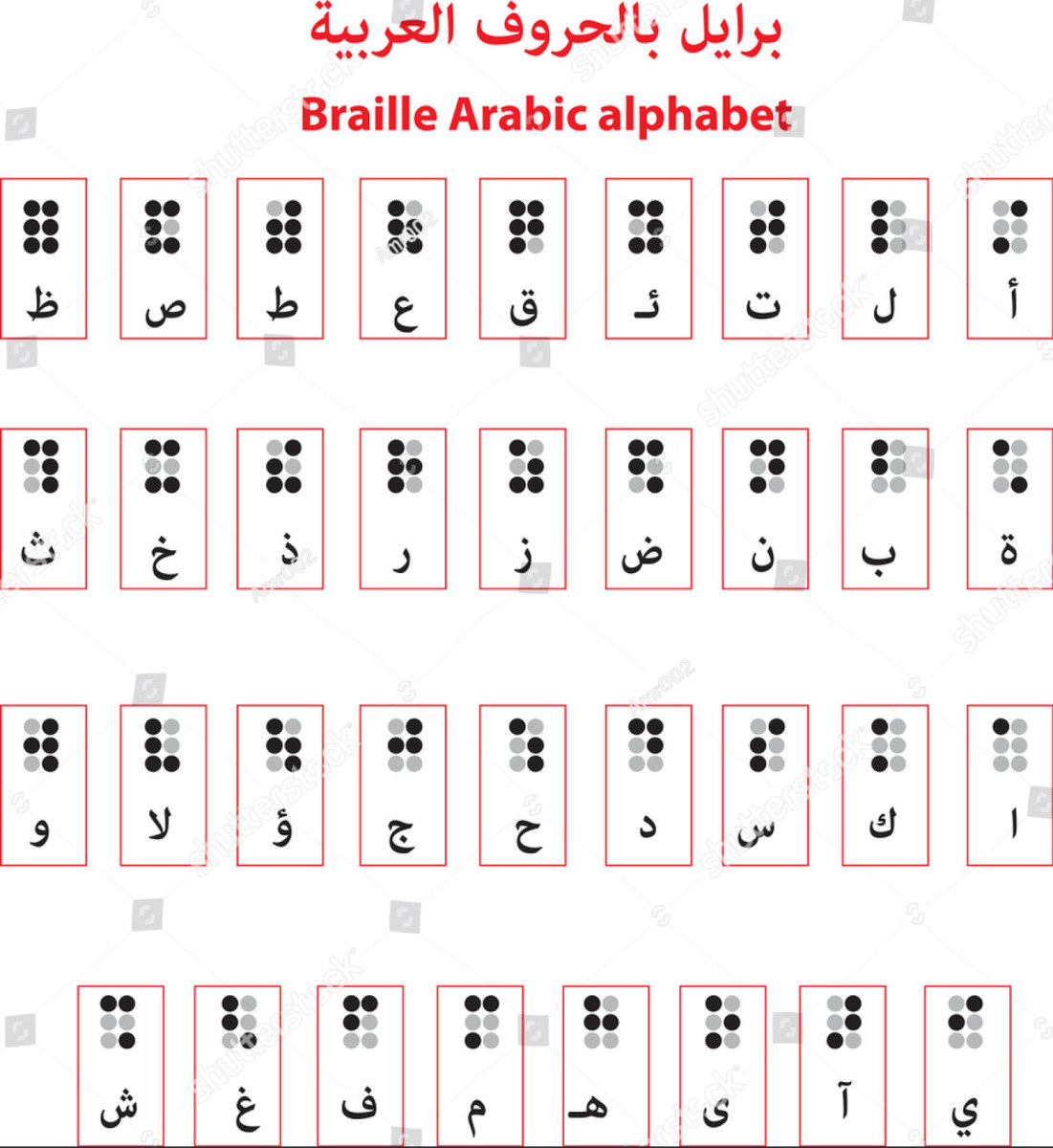
The Kingdom’s authorities have taken measures to create a more inclusive society by using Braille on the packaging of medicines and establishing work programs to integrate the blind into the workforce.
The Kingdom has also established branches of the Al-Noor Institute for the Blind, which provides curriculum for school children in addition to integrated classes in universities through a national program that guarantees the right to education.
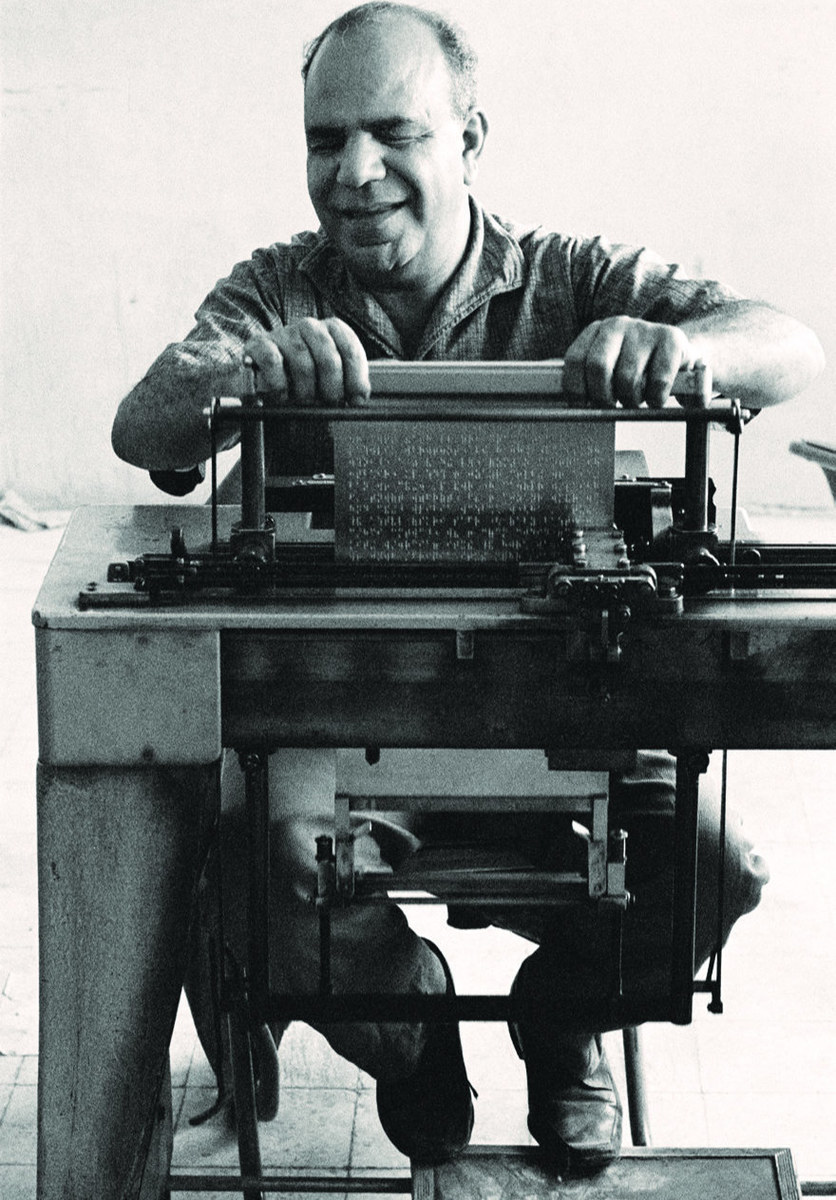
Speaking to Arab News, Khaled Al-Harbi, a spokesman for the National Association of the Blind, better known as Kafeef, said that education has paved the way for people with special needs to become an integral part of their communities .
He said that the mission of Kafeef is to empower the visually impaired through programs launched in coordination with the government and private organizations.
Al-Harbi told Arab News, “Like many members, I received moral support and guidance from Kafeef from a young age and enrolled in programs.”
“We were provided with equipment, learned new skills using our hands, and, over time, we started several awareness programs and Braille training courses for the visually impaired and blind with the latest being ICRA – the first certified Braille training program.
“We’ve seen a number of initiatives recently that target the community, such as sending gift cards in Braille, and that’s admirable, but it could go the other way too. The blind need to be more involved in using technology to their advantage and the benefit of the community.”
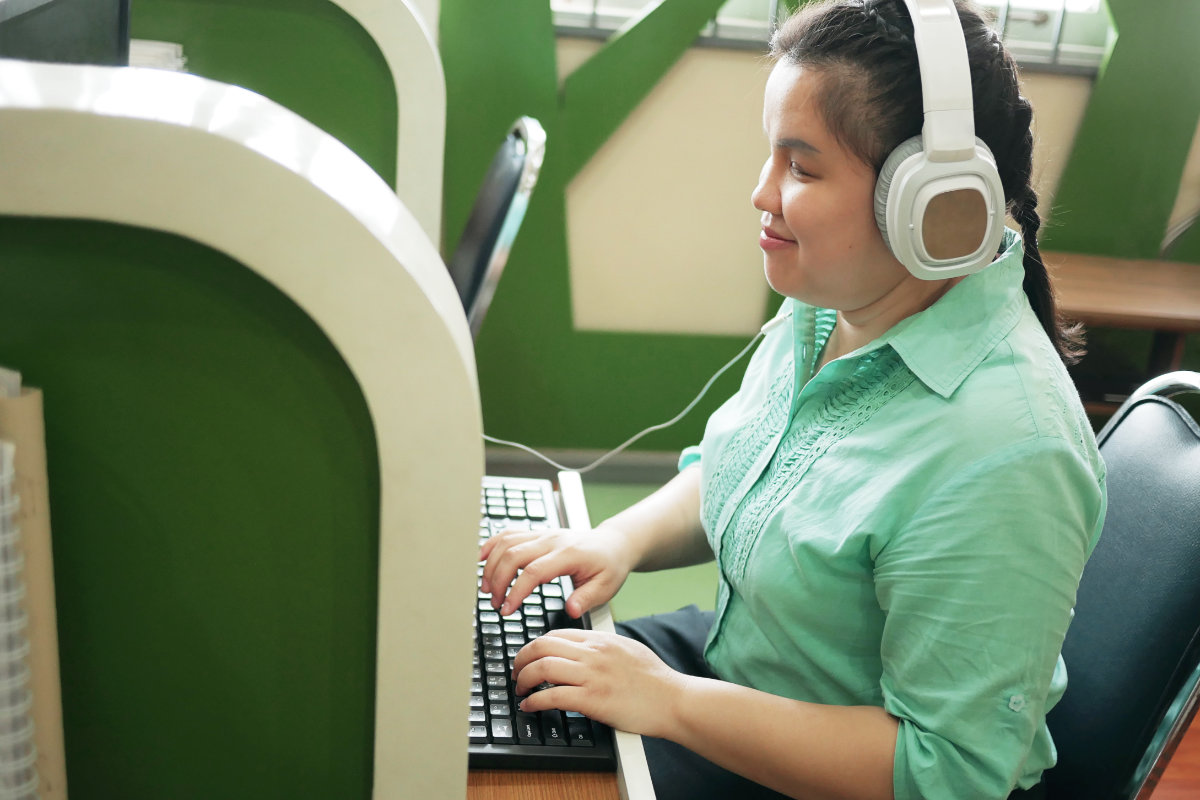
As digital developers have given priority to audio software, such as screen-reading programs on computers and smartphones, some argue that Braille has become a less important tool for the visually impaired.
However, researchers believe that learning braille from an early age can significantly improve literacy, as it is a better way of understanding punctuation, grammar and spelling than using audio resources alone.
For many years, electronic Braille devices were prohibitively expensive, putting them out of reach for many people with visual impairments, especially in developing countries. Now the prices are falling and the demand for new software is increasing.
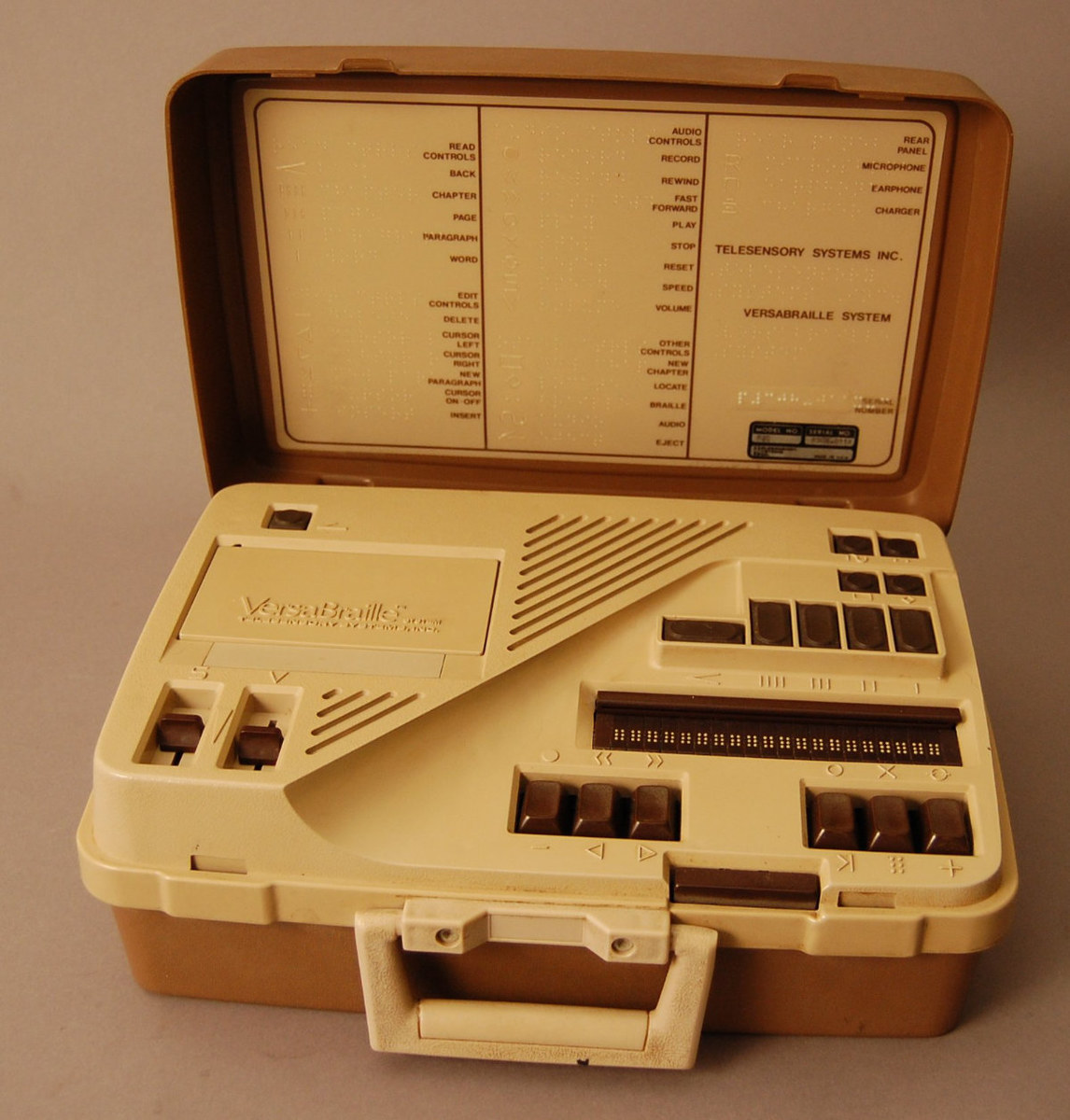
The first Braille displays appeared in the mid-1970s, and the first commercially manufactured Braille display, VersaBraille, was released in 1982. Five years later, Braille ‘n Speak was released as the first portable notetaker.
New refreshable braille devices make it possible for users to read text from a digital screen when connected to a PC, tablet or phone. Such devices mimic the familiar raised dot pattern using small movable pins.
Fastfact
According to the GSTAT Disability Survey 2017, 811,000 people in Saudi Arabia have some form of visual disability.
A unified Arabic Braille code was adopted in the 1950s as part of the move towards a universal Braille system.
However, with such a heavy reliance on cable and Bluetooth connectivity, these systems aren’t always the most practical or user-friendly. Furthermore, the physical braille keyboards that allow users to enter text are not particularly mobile.
Because of these shortcomings, Google developed its own innovative built-in keyboard called TalkBack, which comes as a part of the Android operating system and does not require any external hardware.
In 2018, Google also launched an AI-powered app called Lookout to help users with low vision interact with their surroundings. The app can read signs and labels, scan barcodes, and even identify currencies.
In 2014, Apple introduced its own on-screen braille keyboard for iPhone, iPad, and iPod Touch devices, called iBrailer Notes.
The app enables users to navigate and perform tasks in text without having to connect additional hardware. One of the cool features of the app is that the keys automatically form around the fingers when placed on the screen.
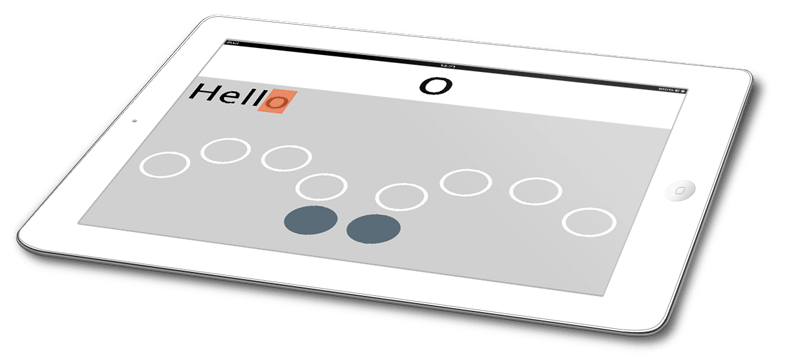
Many new Braille technologies have not yet reached the market and many are still in the conceptual or prototype stage. New scanning features, audio description, language recognizers, machine-learning tools, text mining and speech processors may all soon appear in upcoming assistive technologies.
Abdulrahman Al-Atawi, a professor of computing and information science and supervisor of the Center for Innovation in E-learning at the Saudi Electronic University, the first university in the Kingdom to specifically adopt e-learning strategies and technologies, told Arab News that Such technologies will play a vital role in the student journey.
In January, the Global Trends in E-learning Forum was held in Riyadh, where global leaders in the education sector shared their insights, exchanged experiences and discussed strategies to serve the online learning process.
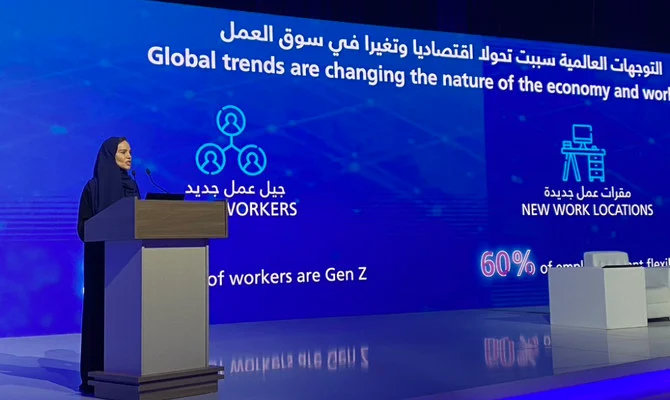
As part of the objectives of the Forum, a competition for edtech entrepreneurs, faculty and students from across the state showcased innovative projects using emerging technologies to serve the education sector.
Al-Atawi, who also led the committee for the Innovation Oasis and the GTEL DemoFest, said some of the winning projects focused on people with special needs.
“For many people, Braille code allows the blind and visually impaired to read any form of writing, but when it comes to images and pictures, it’s another story,” he said.
“One of the winning projects, a smart reader for the blind, found a solution by verbally describing that image.
“In this age of modern science, we want to have access to every bit of information in digital form. With the right tools, we can help community members with special needs.”
